Open 2016: UK golf industry in drive to widen participation
- Published
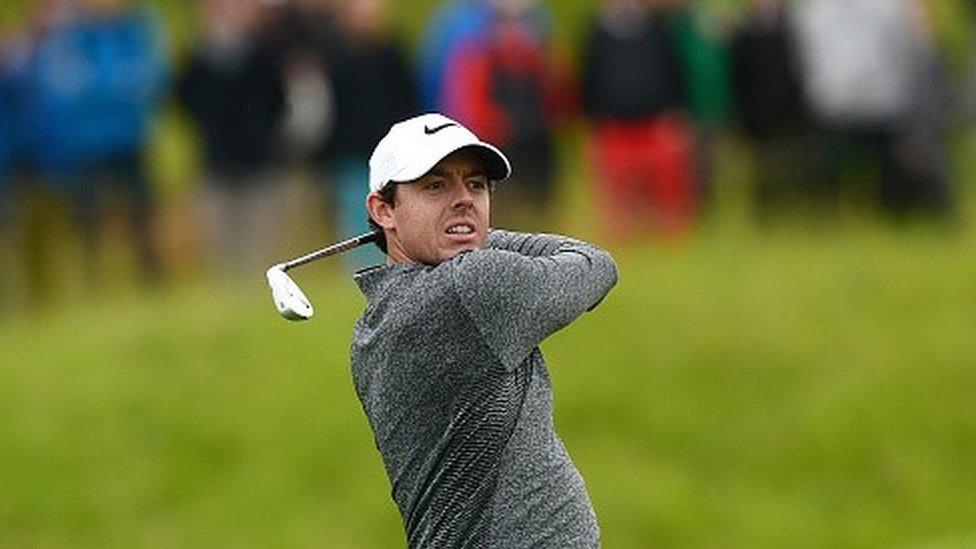
With Rory McIlroy, holder Zach Johnson, Jason Day, Dustin Johnson, and a host of other famous names about to tee off at the Open at Royal Troon, external, in south Ayrshire, Scotland, what is the state of the UK golf industry?
Golf is a multi-billion pound industry in the UK, and is a world leader in terms of people playing and the number of courses.
The Open in the UK is one of the four big annual major tournaments, with Sky paying a reported £15m, external a year to broadcast the event, which itself can be worth some £140m, external to the local host economy.
'Positive'
"Golf at the moment is not in a bad place," Nigel Freemantle, chairman of the British Golf Industry Association (BGIA), tells the BBC.
"We feel positive - there is a lot of good work and promotion around golf being done at the moment. There is a lot of thought going into promoting the game, including our most recent National Golf Month which took place in May."
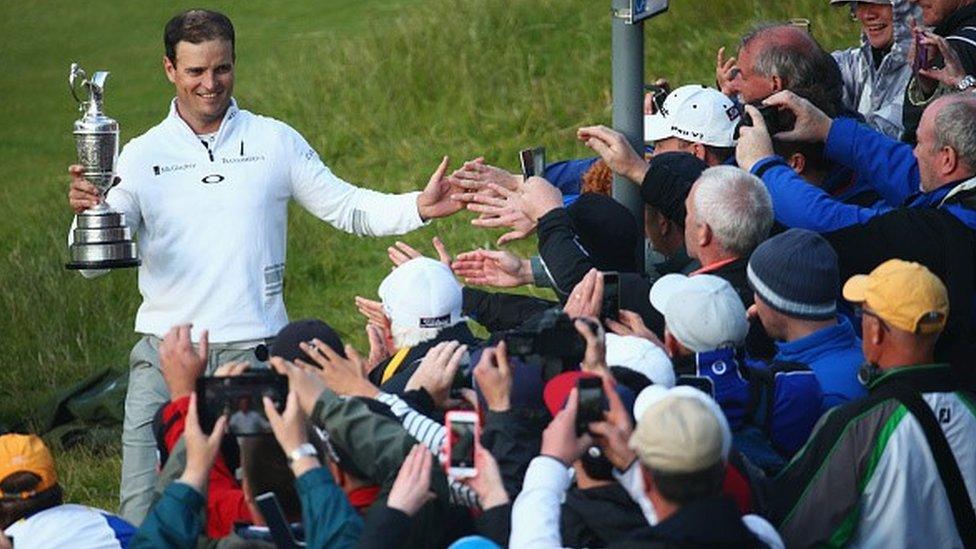
Defending Open champion Zach Johnson and golf will be firmly in the spotlight this week
The golf business suffered during the global economic downturn of 2008, with playing seen by many as a non-discretionary leisure extra, and registered player numbers in Scotland and England have declined over the past decade, hence initiatives like the golf month.
The BGIA's National Golf Month, the third they have held, targets both lapsed and new golfers, in a drive to reach 100,000 potential players.
'Targeted programmes'
Meanwhile, Mr Freemantle points to recent research from Hallam University pointing out that the sport has an annual turnover of £10bn, external, with golfers in the UK spending £4.3bn a year on their sport.
And KPMG, in its recent Golf Participation Report for Europe 2016, points to a game in seemingly healthy condition in England and Scotland.
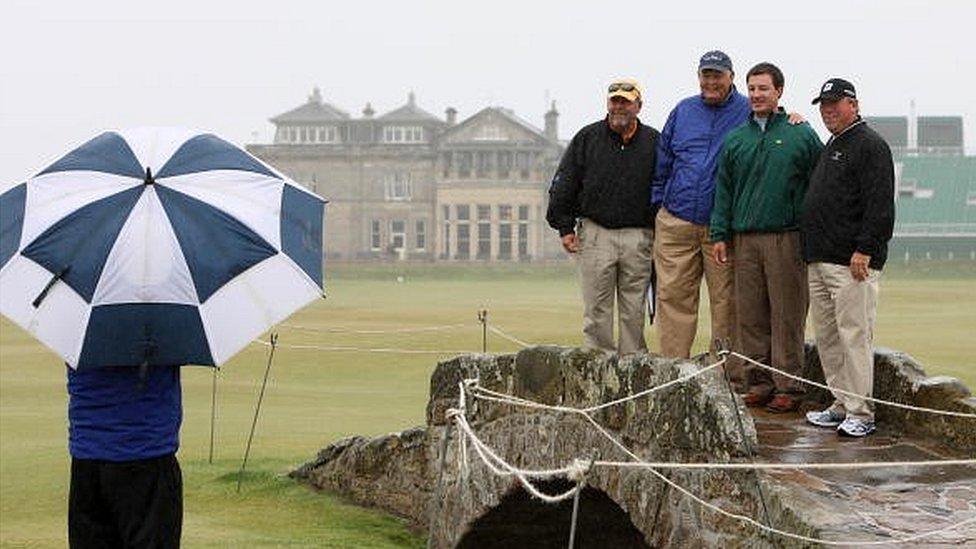
England and Scotland have among the highest proportions of golf courses in Europe
"Both [sports organisations] England Golf and Scottish Golf Union are promoting a number of targeted programmes to improve the state of golf, and are seeing improvements at county levels through various initiatives," KPMG's Golf Advisory unit says.
In fact, England still has the most registered golfers and most courses in Europe, accounting for 16% of all registered players across the continent, and is home to more than a quarter of all European golf courses.
Meanwhile, Scotland - home to the 2016 Open - accounts for 5% of all players and 9% of all courses in Europe, and has the fourth-highest participation rate per head of the population in Europe.
'Global exposure'
Globally, golf will receive a huge boost when it is one of the sports at the Rio Olympic Games next month, the first time it has featured since 1904. It is hoped the competition will encourage youngsters to pick up a set of clubs.
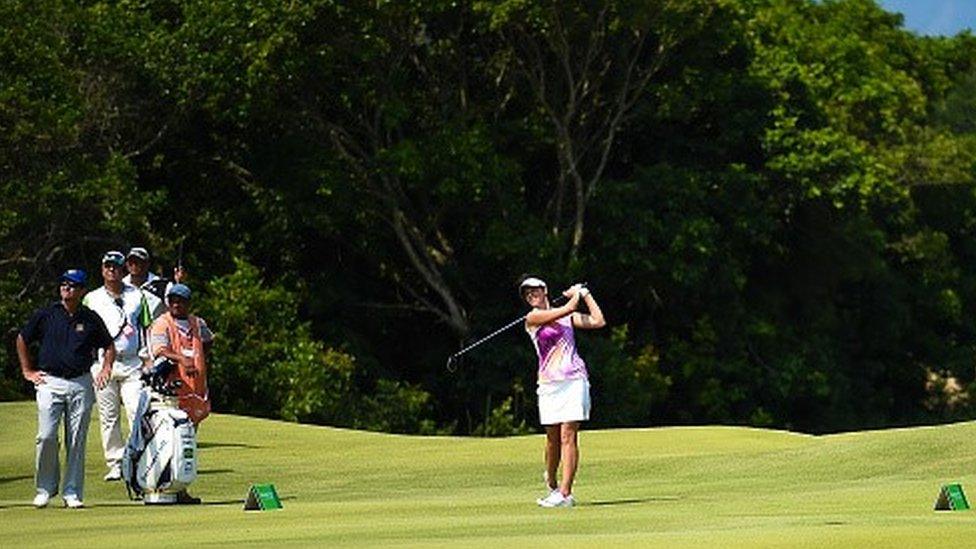
Miriam Nagl of Brazil hits the ball during a test event for the Rio Olympics
"A global exposure to the sport is certainly positive for the industry," says KPMG's Golf Advisory unit.
And the UK, with its strong and established golf infrastructure and facilities, should be poised to benefit.
So, all seems to be going with a swing, but there are challenges ahead.
According to KPMG, England reported a decline of 2.4% in registered players in 2015, while Scotland recorded a drop of 0.8%, although it may be that golfers prefer to play on an increasingly ad hoc basis, paying for golf per round rather than registering with a club or course.
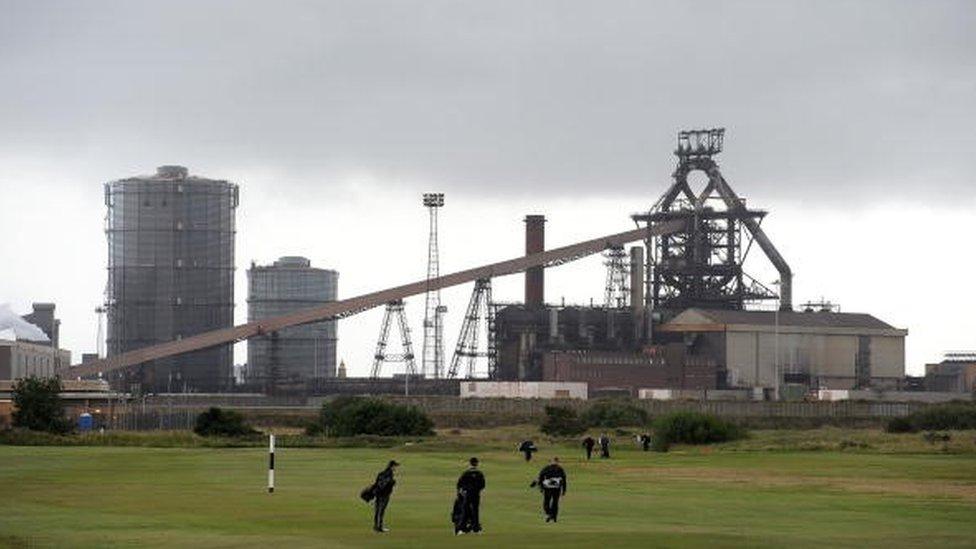
Golf participation has generally been falling over the past decade
Mr Freemantle from the BGIA admits that the recent trend in participation levels "has certainly been down".
"But things seemed to have bottomed out and are stable now," he says. "It does not appear that we are losing more players."
And, although England remains the biggest European golf market, in 2015 the English Golf Union (EGU) reported a decrease in numbers of six courses over the year.
'Gender split'
Meanwhile, according to research firm Sports Marketing Surveys, action to encourage more females to take up the game is timely and necessary.
"The gender split in the UK among golfers is quite one-sided," it says, "with females representing only 15% of all participants, and 15% of members at UK golf clubs.

Scottish golfer Carly Booth is one of the top female players in the UK
It adds: "This is worlds away from the current gender split in sports such as tennis, running and cycling."
An initiative, This Girl's Golf,, external was launched in 2015, to change female perception of golf and encourage participation.
"Females are getting more and more into the game," says Mr Freemantle.
"Also, if we can get women with children to take up the sport, then they might bring their youngsters to the club and get them into the game too."
'Fun and healthy'
England actually has 95,000 adult female golfers and 40,000 junior golfers, among the highest numbers in Europe, but other nations have higher percentages of female and youth players.
And KPMG says careful planning will be needed on golf facilities and playing environments, so that courses and clubs are sufficiently attractive that families and young people will "want to enjoy regularly".
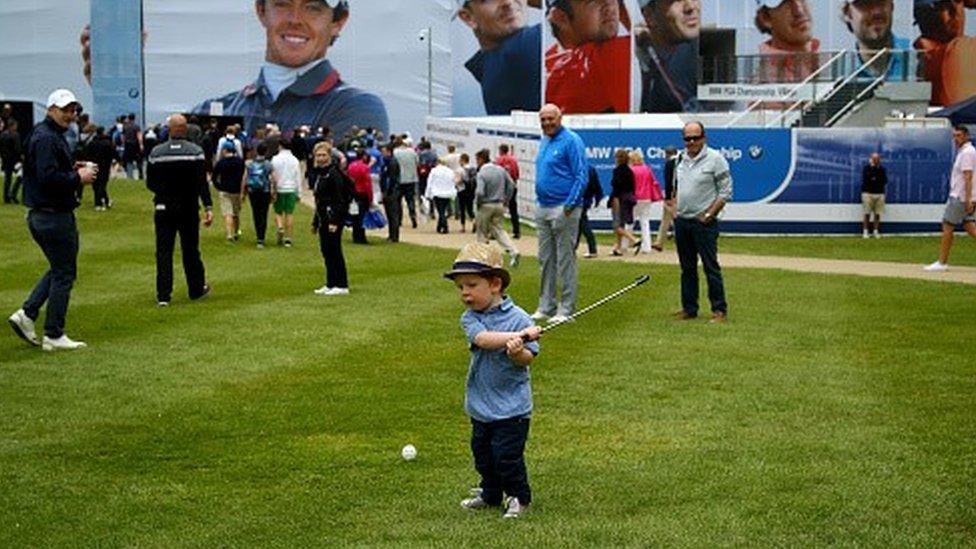
KPMG says golf has to be attractive so families and young people regularly participate
They also add that as market conditions mean that "new construction will be limited", then golf clubs will need to adapt to meet the challenge.
Mr Freemantle is keen to point out that golf is already adapting, with participation being more than just the traditional 18-hole round, with other forms of activity such as the driving range, 9-hole rounds, adventure golf, and pitch and putt, external also proving popular with new participants.
And he says that there is a misconception that it is an expensive sport to take up, with a basic set of children's golf clubs costing around £50.
"Golf is still too often wrongly stereotyped as something from yesteryear, but it is not a sport from bygone days or just for old boys in funny trousers," says Mr Freemantle.
"Golf only receives a small fraction of the media attention that a sport like football receives. But it is a great game - fun and healthy - and one that is suitable for males and females of all ages."